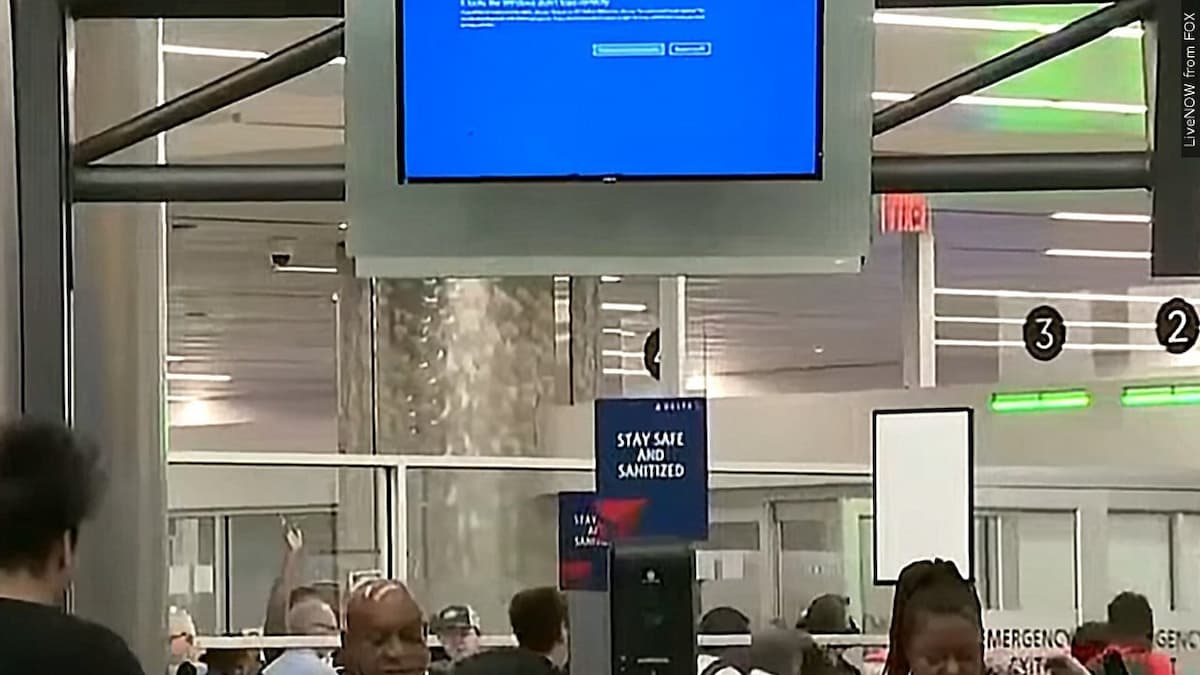Transport providers, businesses, hospitals and governments on Saturday are rushing to get all their systems back online after long disruptions following a widespread technology outage.
The biggest continuing effect has been on air travel. Carriers canceled thousands of flights on Friday and now have many of their planes and crews in the wrong place, while airports facing continued problems with check-in and security. On Saturday around 10:30 p.m. EDT, flight-tracking service FlightAware listed more than 33,000 total flight delays on its website, and more than 2,700 cancellations.
Both American Airlines and United Airlines said Saturday that most of its operations were restored and back up and running.
At the heart of the massive disruption is CrowdStrike, a cybersecurity firm that provides software to scores of companies worldwide. The company says the problem occurred when it deployed a faulty update to computers running Microsoft Windows, noting that the issue behind the outage was not a security incident or cyberattack.
The Microsoft outage caused by the CrowdStrike software update also caused the return of a familiar — and dreaded — screen for many Windows users: what has come to be known informally as the “blue screen of death,” indicating that their computer systems are down.
Microsoft said 8.5 million devices running its Windows operating system were affected by the outage that affected consumers and businesses across the globe, including airlines, banks, health care providers, telecoms, retailers and even billboards in New York City’s Times Square.
In a blog post shared on Saturday morning, Microsoft said it engaged with CrowdStrike to automate work on developing a solution, sharing instructions on how to remedy the issue and deploying “hundreds of Microsoft engineers and experts to work directly with customers to restore services,” among other steps to keep people informed and help affected customers.
“We currently estimate that CrowdStrike’s update affected 8.5 million Windows devices, or less than one percent of all Windows machines,” said the blog post from Microsoft cybersecurity executive David Weston.
“While the percentage was small, the broad economic and societal impacts reflect the use of CrowdStrike by enterprises that run many critical services.”
Source: CBS News.






